As hip-hop celebrates its 50th birthday, NPR is mapping hip-hop’s story with more than a dozen city-specific histories of the music and culture. Click here to see the entire list, and find KQED’s year-long series on Bay Area hip-hop history That’s My Word here.
The first song on E-40‘s seventh album is a plea for recognition. “Why They Don’t F*** Wit Us,” from 2002’s Grit & Grind, finds the multiplatinum Vallejo rapper airing a bevy of grievances — he’s been stolen from, slept on, eternally underrated. “They never put me on the cover of The Source!” If you’ve talked to a certain type of Bay Area rap fan — or artist, for that matter — in the decades since, you might be familiar with this sentiment. 40 was speaking in the singular but representing for an entire class of perpetually aggrieved rap listeners, whose cries of “quit hatin’ the bay!” would get so loud by the early ’10s that the phrase became the name of a popular mixtape series. There’s some truth in those complaints, though, even if it is more likely a matter of hate-by-omission.
Drawing on a complex and sometimes contradictory set of regionally dominant impulses — pimp culture, social justice, car culture, drug culture, funk music — the San Francisco Bay Area has long been one of the deepest, most insular and most inscrutable rap regions. It’s also one of the more influential ones. Ever since the early ’80s, when Oakland’s Too $hort began selling homemade tapes full of “dirty rapps” set to menacing synth lines and trunk-rattling 808s, the Bay’s formulas for low-end slaps, linguistic elasticity, independent entrepreneurship and flamboyant personalities have gradually trickled outward. The first major crossover pop-rap star came from Oakland (MC Hammer). The most important street rapper of all time cut his teeth in the North Bay projects of Marin City (2Pac). The most successful rapper-turned-record-mogul of the ’90s started his empire with a tiny record store in Richmond (Master P). Today, you can find traces of Bay game sprinkled throughout Los Angeles, Detroit, Texas, Atlanta, Kansas City, San Diego, Seattle … practically everywhere except, of course, New York.

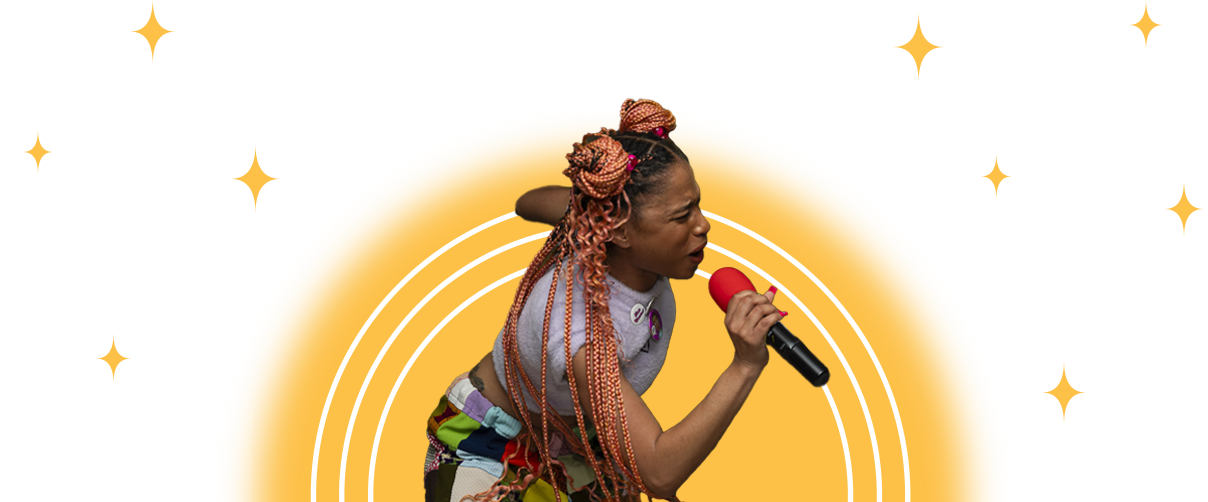

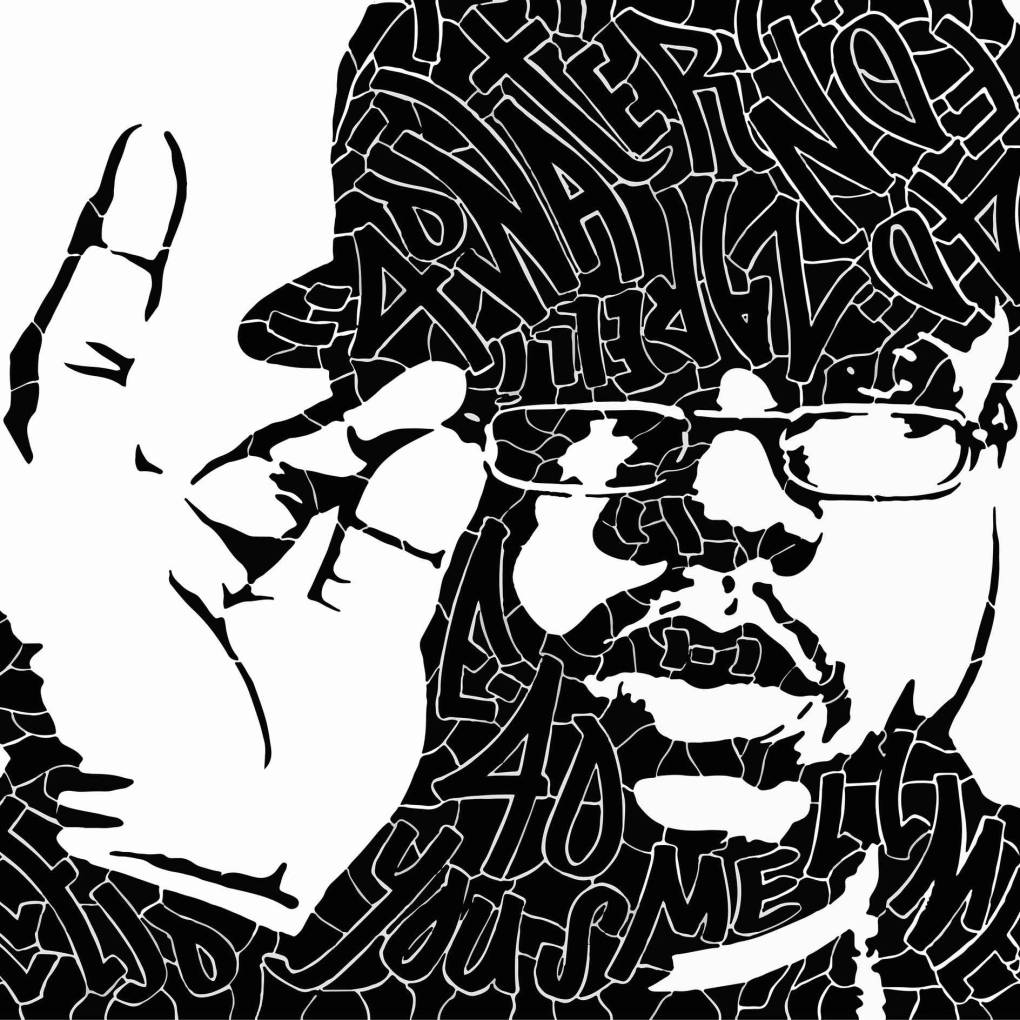
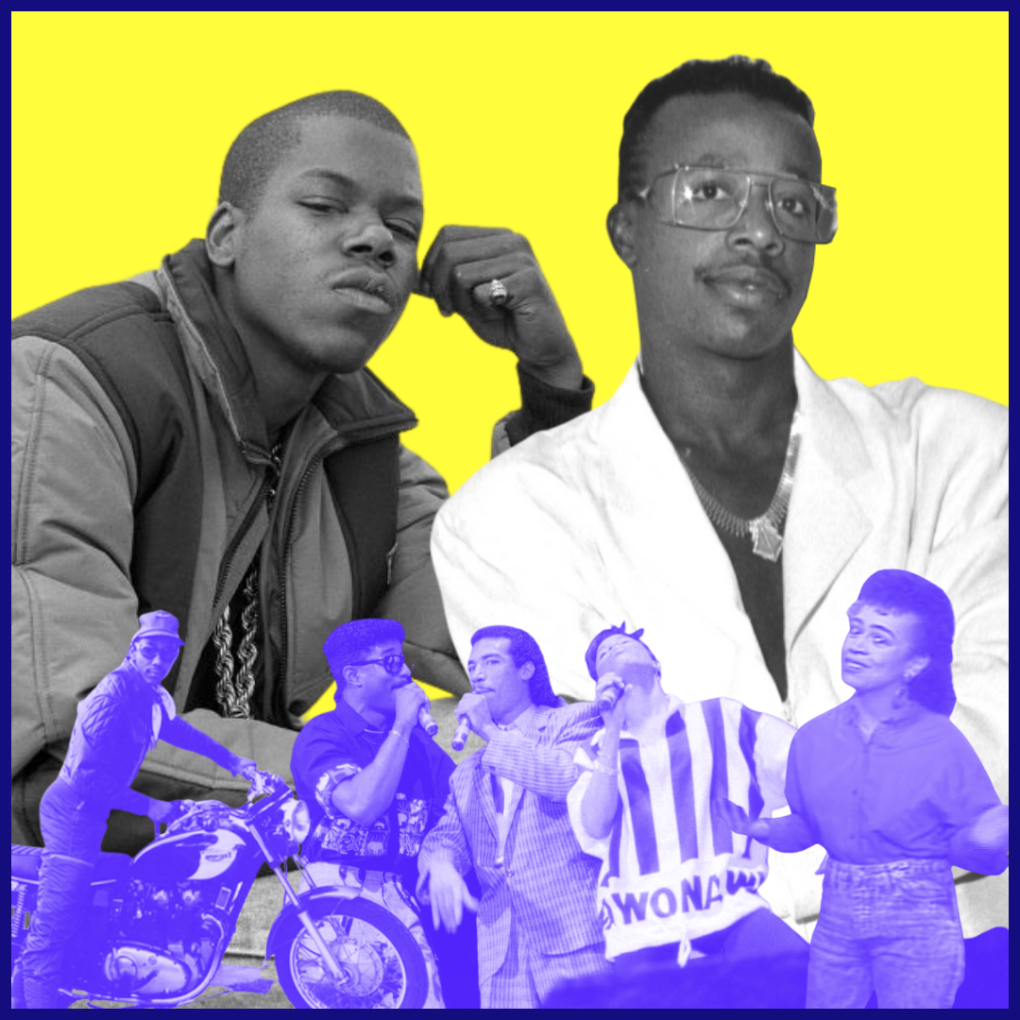
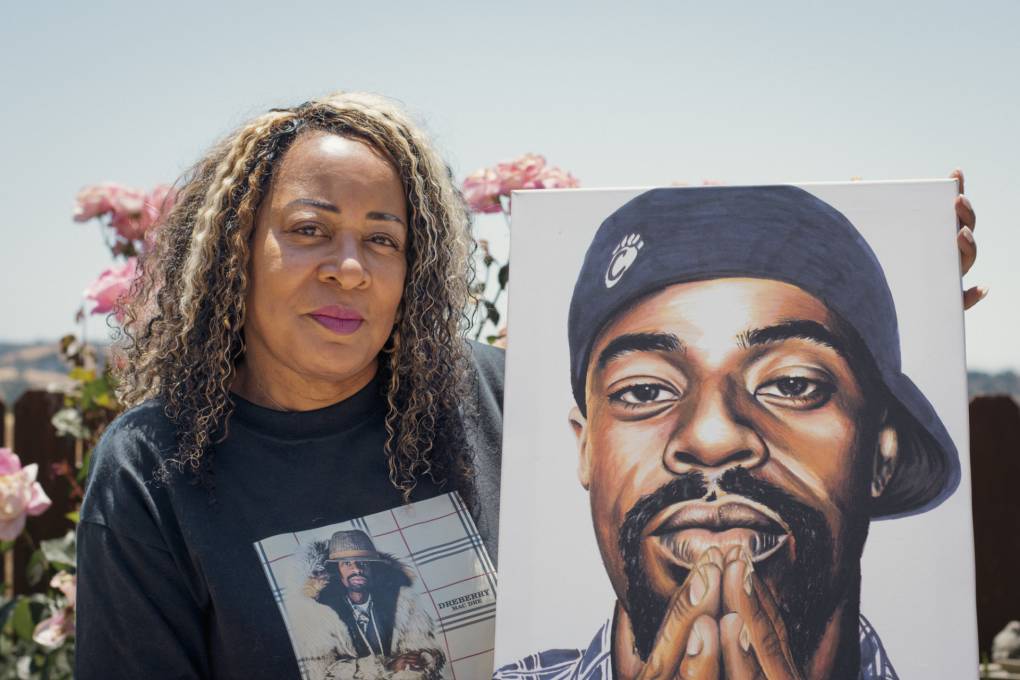
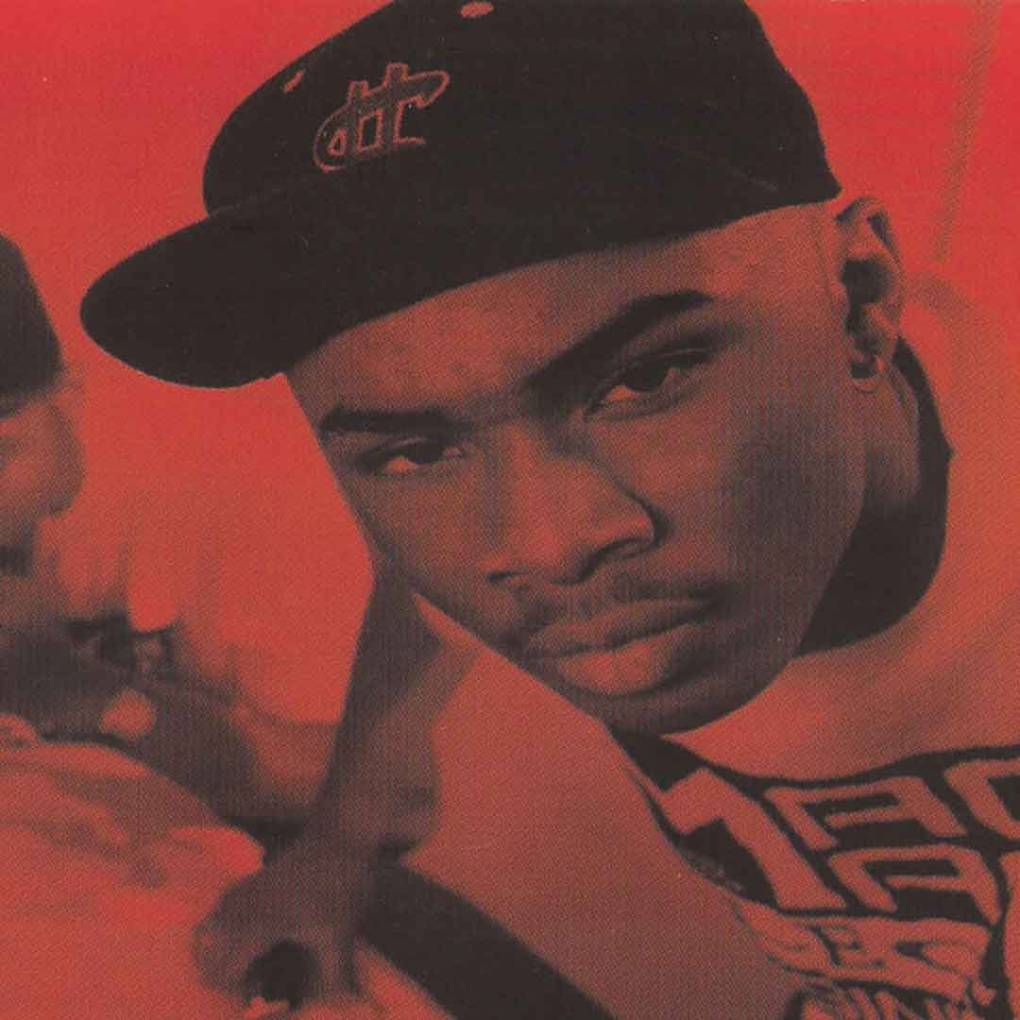
9(MDAxOTAwOTE4MDEyMTkxMDAzNjczZDljZA004))

